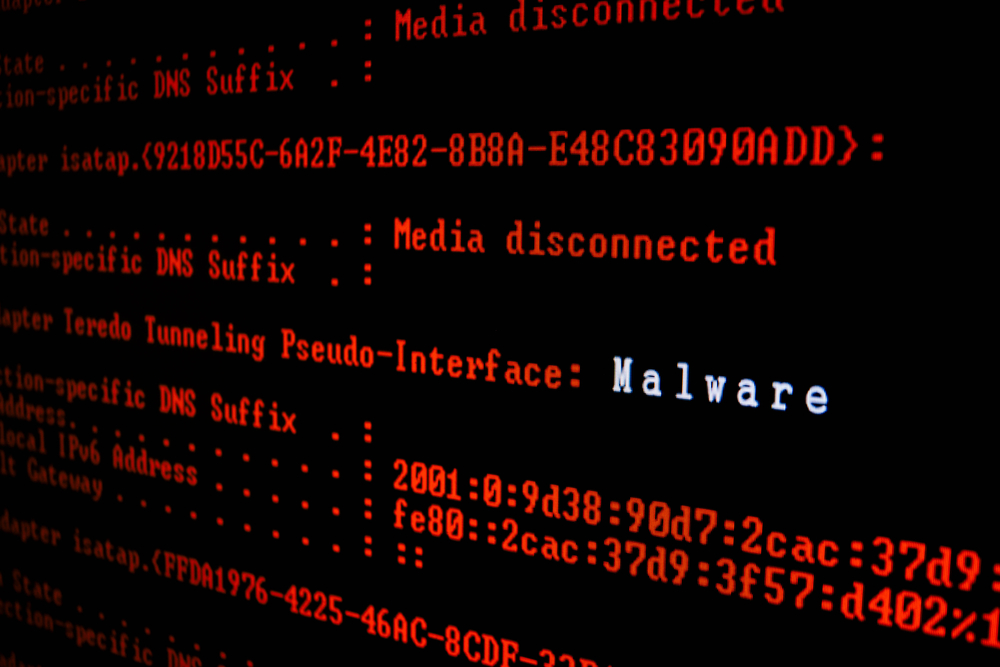Types of Cyber Threats to Computer Security
This article explores the various types of computer security threats, including malware, phishing, worms, viruses, and deceptive software. It emphasizes the importance of cybersecurity awareness and recommends protective measures such as antivirus installation. Understanding these threats helps users and organizations implement effective defenses and avoid potential data breaches or system compromises.

Understanding Different Cybersecurity Risks
While the internet offers vast access to information, it also introduces numerous security challenges. Cybercriminals utilize various tactics to steal personal or business data and then demand ransom or other benefits. Whether you're an individual or a business owner, awareness of these online dangers is crucial. Below, we outline some prevalent threats that can compromise your computer or network security.
Riskware
Malicious or risky software components that, when embedded within legitimate applications, can provide unauthorized access to networks, often exploited by hackers.
Spam
Unwanted bulk emails cluttering inboxes, which sometimes contain malicious links or attachments capable of installing harmful software when interacted with.
Phishing
Deceptive emails designed to appear trustworthy, aiming to trick users into revealing private information such as login credentials or banking details.
In addition, other threats include:
Computer Worms
Self-replicating malicious programs that spread without user interaction, rapidly infecting multiple systems. An example is the Conficker Worm, which affected millions within days.
Computer Viruses
Infections that attach to files or programs, corrupting or deleting data, and spreading via email or downloads.
Trojan Horses
Malicious software disguised as legitimate programs, capable of recording keystrokes, hijacking webcams, or executing other harmful activities once inside the system.
Spyware
Hidden software that monitors user activity, often installed unknowingly through websites or email attachments.
Rootkits
Tools that grant administrators or hackers root-level access, usually installed through software vulnerabilities, capable of monitoring keystrokes or maintaining hidden access.
Rogue Security Software
Fake alerts prompting users to download malicious updates or remove non-existent threats, leading to malware infections.
Protective measures like installing reliable antivirus software and staying vigilant can help safeguard your system against these common threats.










